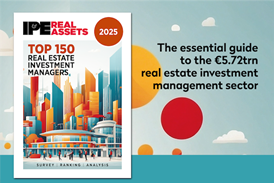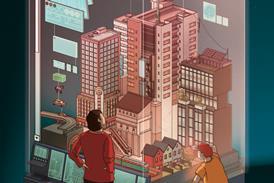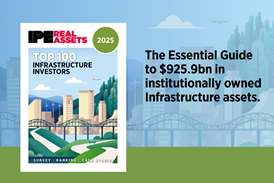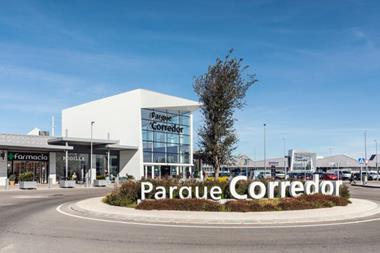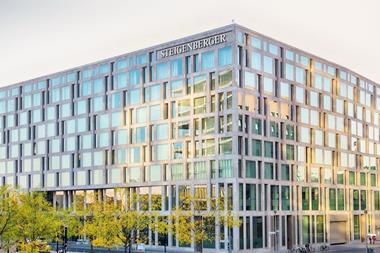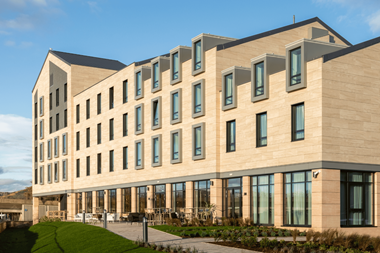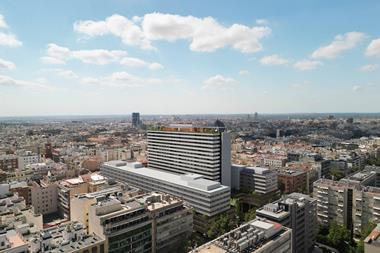With retail property starting to dry up in Central and Eastern Europe, more international investors would be well advised to start looking at development, according to Tomasz Lisiecki, chief development officer at TriGranit Development Corporation.
With retail property starting to dry up in Central and Eastern Europe, more international investors would be well advised to start looking at development, according to Tomasz Lisiecki, chief development officer at TriGranit Development Corporation.
Retail is the hottest asset class that investors are after in Poland and central and Eastern Europe, he said. 'What’s challenging are the return expectations. A lot of opportunistic investors are looking for 15% returns or even north of that. It’s a hard job for some of those folks, especially those who are new to the market, to generate some of those returns, unless they get into redevelopment or revitalisation of existing shopping centres.’
Lisiecki made the comments at the PropertyEU Retail Outlook Briefing held at the Mapic fair in Cannes. Within CEE, Poland is the easiest country to initiate new developments, he said. ‘A lot of German open-ended funds are looking to acquire retail assets and there is also a lot of local capital. During the crisis, Polish money kept us going. Polish investors were still providing funding while everybody else was shut down.'
In Hungary, however, recent legislative changes have put a damper on shopping centre developments, he added. ‘It’s hard to get a shopping centre off the ground and hard to raise money now that banking regulation has changed. But retail is a growth story and Hungary is growing. At the same time, it’s a small market. There are some fantastic assets, but there’s not a lot for sale at the best of times. As for Romania, we developed a few shopping centres there and are looking to go back in as well. Bucharest is an attractive city and we’re looking at a niche development there.’
Lisiecki pointed out that the Polish market in particular is performing well on the back of strong economic growth, he added. ‘Poland has seen over 40% accumulated growth since 2007 and that has spurred a lot of new investors to come into Poland.'
He advised US investors to find a development angle. ‘It’s hard to get them into pure development, but it is easier to convince investors to go in with you on a redevelopment where you have the benefit of some sort of track record. Acquiring an older asset, redeveloping and repositioning it is also interesting in our part of the world.’
The life of a shopping centre is shortening, also in CEE, Lisiecki said. ‘We’re seeing a first generation of shopping centres, some of them barely 10 years old, being completely renovated. We now have 12 or 13 being redeveloped. It’s moving very fast.’
As the life cycle of a mall shortens, other problems are emerging, he added. ‘One of the problems is that you have to invest a lot of money into convincing tenants to open a new store with you. There’s a glut of supply, but we see attractive and new ideas to help increase dwell time and mitigate some of the issues created by online sales. But in light of the money you have to put into the existing tenant mix, there’s a risk of running out of money so many of the attractions we all know about you don’t see yet in eastern Europe. We all know about it but we can’t afford it yet.’
On a positive note, opportunities have arisen in recent years in CEE and in Poland in particular to develop shopping centre next to transport hubs, Lisiecki said. ‘In the past five years, a lot of railway land has been freed up for development and we have been one of the beneficiaries. If you build a shopping centre near a railway station, you capture traffic that is there already which in turn mitigates the risk of online retailing. Putting a shopping centre in the middle of a city near an important transport hub is
virtually a no brainer and this type of development is just coming on stream in CEE.’
